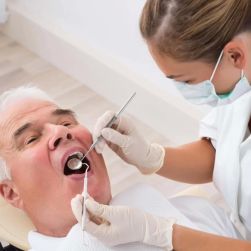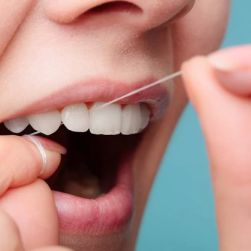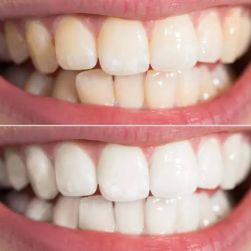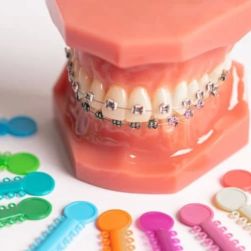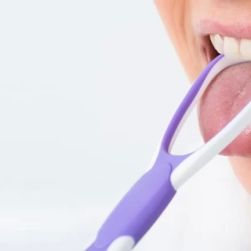Steps to Follow When Your Child Loses a Tooth: A Parent's Guide
It’s a parent’s worst nightmare: your child gets hurt, and suddenly, you’re standing there, unsure of what to do. That’s exactly what happened to me when my son, Jake, came running into the living room, his hands clutching his mouth, tears streaming down his face. He had just been playing soccer with his friends, and the ball came at him too fast. A bad fall, and the next thing I knew, one of his front teeth had been knocked out. My heart raced, and I knew I had to stay calm to help him through this moment. If you’ve ever found yourself in a similar situation, this guide is here to help you stay prepared and act quickly. Here are the essential steps you need to follow when your child loses a tooth due to trauma.
1. Stay Calm and Assess the Situation
The first thing I learned that day is how important it is to remain calm. I knew that the more panicked I got, the more anxious Jake would become. So, I took a deep breath and knelt down to his level. I gently asked him to open his mouth so I could check the extent of the injury. He was holding his tooth in his hand, and thankfully, it was still intact.
Before anything else, you need to make sure your child is okay. Check for any signs of a more serious injury, like a head or neck injury. If they have trouble breathing, are dizzy, or have a bleeding wound elsewhere, get medical attention immediately. But if it’s just the tooth, here’s what you should do next.
2. Control the Bleeding
Next, I noticed a little blood trickling from Jake’s gum where the tooth had been. Bleeding is common when a tooth is knocked out, but it needs to be controlled to prevent excessive loss and discomfort. I quickly grabbed a clean cloth and gently pressed it against the bleeding area. Keep your child’s head tilted slightly forward so that they don’t swallow blood.
In some cases, the bleeding can be quite severe, so don’t hesitate to call a dentist or go to the emergency room if it doesn’t stop after 10 minutes. Always have a clean gauze or cloth handy for this step!
3. Find the Tooth and Preserve It
When Jake handed me his tooth, I realized how important it was to keep it intact. If you ever find yourself in this situation, try to retrieve the tooth immediately. Do not touch the root! Pick it up by the crown, the part that’s visible in the mouth. If it’s dirty, gently rinse it under cold water, but never scrub it or use soap.
Once the tooth is clean, you’ll need to preserve it. If possible, place the tooth in a small container with milk or saline solution (the kind used for contact lenses). Avoid storing it in water, as this can damage the root. If you don’t have milk, you can have your child suck on the tooth to keep it moist. It’s crucial to get to a dentist as soon as possible, ideally within an hour, to increase the chances of saving the tooth.
4. Seek Immediate Dental Care
Time is of the essence when dealing with a knocked-out tooth, so don’t waste any time. I called our family dentist immediately and explained the situation. They told me to bring Jake in as soon as possible. Even if it’s after hours, many dental offices have emergency lines that can guide you. If you’re unable to reach your regular dentist, go to the nearest emergency room. The sooner a dentist can replant the tooth, the better the chances of success.
When you arrive, the dentist will assess the situation, and if the tooth is still viable, they’ll clean and replant it into the socket. In some cases, if the tooth can’t be saved, your dentist might recommend a dental implant or bridge as an alternative.
5. Follow Up with the Dentist
After the procedure, the real work begins. The dentist will likely ask you to come back for follow-up appointments to ensure the tooth is healing properly. In Jake’s case, he had a few follow-up visits over the next couple of weeks to monitor the tooth’s progress. It was a little scary, especially since I didn’t know what to expect, but the dentist was reassuring and explained everything in detail. In some cases, the tooth may need to be stabilized with a splint for a few weeks.
During this time, be sure to encourage your child to avoid eating on that side of their mouth, and avoid any activities that could risk further trauma to the tooth. Your dentist may also recommend a soft diet to minimize pressure on the tooth while it heals.
6. Prevent Future Injuries with a Mouthguard
After all of this, I realized just how important it is to take preventive measures. If your child plays sports or engages in any activity that could involve potential injury to the face or mouth, a mouthguard is a must. It helps cushion the teeth and reduces the risk of dental trauma, such as a knocked-out tooth. I immediately invested in a custom mouthguard for Jake to wear during all his sports activities.
While no one plans for accidents, having a mouthguard can significantly lower the risk of injury and give you peace of mind knowing you’ve taken the proper precautions.
Dealing with a knocked-out tooth is one of those unexpected challenges of parenthood. But with the right steps, you can handle the situation calmly and effectively, ensuring your child gets the best care possible. Remember to stay calm, preserve the tooth, and seek professional dental help right away. You’ll feel more confident knowing you can handle it the next time, and hopefully, your child won’t experience this injury again!

